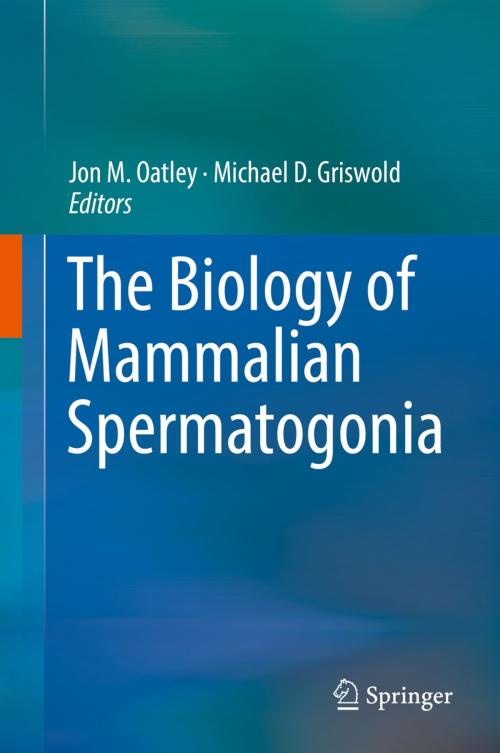The Biology of Mammalian Spermatogonia
Nonfiction, Science & Nature, Science, Other Sciences, Molecular Biology, Biological Sciences, Zoology, Health & Well Being, Medical| Author: | ISBN: | 9781493975051 | |
| Publisher: | Springer New York | Publication: | November 20, 2017 |
| Imprint: | Springer | Language: | English |
| Author: | |
| ISBN: | 9781493975051 |
| Publisher: | Springer New York |
| Publication: | November 20, 2017 |
| Imprint: | Springer |
| Language: | English |
This book provides a resource of current understandings about various aspects of the biology of spermatogonia in mammals. Considering that covering the entire gamut of all things spermatogonia is a difficult task, specific topics were selected to provide foundational information that will be useful for seasoned researchers in the field of germ cell biology as well as investigators entering the area.
Looking to the future, the editors predict that the foundational information provided in this book -- combined with the advent of new tools and budding interests in use of non-rodent mammalian models -- will produce another major advance in knowledge regarding the biology of spermatogonia over the next decade. In particular, we anticipate that the core molecular machinery driving different spermatogonial states in most, if not all, mammals will be described fully, the extrinsic signals emanating from somatic support cell populations to influence spermatogonial functions will become fully known, and the capacity to derive long-term cultures of SSCs and transplant the population to regenerate spermatogenesis and fertility will become a reality for higher order mammals.
This book provides a resource of current understandings about various aspects of the biology of spermatogonia in mammals. Considering that covering the entire gamut of all things spermatogonia is a difficult task, specific topics were selected to provide foundational information that will be useful for seasoned researchers in the field of germ cell biology as well as investigators entering the area.
Looking to the future, the editors predict that the foundational information provided in this book -- combined with the advent of new tools and budding interests in use of non-rodent mammalian models -- will produce another major advance in knowledge regarding the biology of spermatogonia over the next decade. In particular, we anticipate that the core molecular machinery driving different spermatogonial states in most, if not all, mammals will be described fully, the extrinsic signals emanating from somatic support cell populations to influence spermatogonial functions will become fully known, and the capacity to derive long-term cultures of SSCs and transplant the population to regenerate spermatogenesis and fertility will become a reality for higher order mammals.















